We all age, as our bodies unfailingly tell us. Muscles weaken, joints stiffen, hair thins, skin sags-the external signs are evident, albeit somewhat delayed and distorted in the increasing penchant toward masking time through cosmetics.
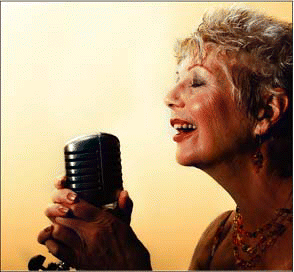

We all age, as our bodies unfailingly tell us. Muscles weaken, joints stiffen, hair thins, skin sags-the external signs are evident, albeit somewhat delayed and distorted in the increasing penchant toward masking time through cosmetics.
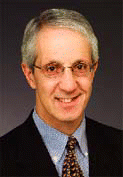
If primary care physicians are to be believed, home is where the patient is-the Patient-Centered Medical Home (PC-MH), that is.
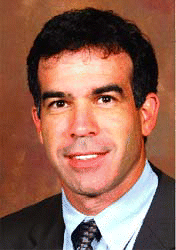
Physicians can successfully perform ultrasound-guided (US) fine-needle aspiration biopsy (FNAB) of thyroid nodules in the office instead of referring patients to a hospital-based radiologist for the procedure, according to new data presented at the annual meeting of the American Academy of Otolaryngology-Head and Neck Surgery.
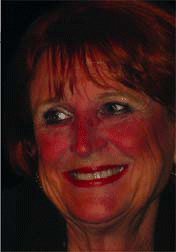
How are your patients doing? Do you know the impact of their disorders-and the management approach you selected for them-on their health-related quality of life?
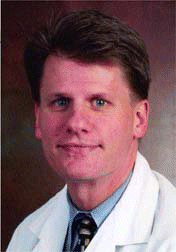
Otolaryngologist Martin L. Hopp, MD, PhD, of Cedars-Sinai Hospital in Los Angeles, believes that in-office computed tomography (CT) scanning is the trifecta of care for otolaryngologists and their patients.
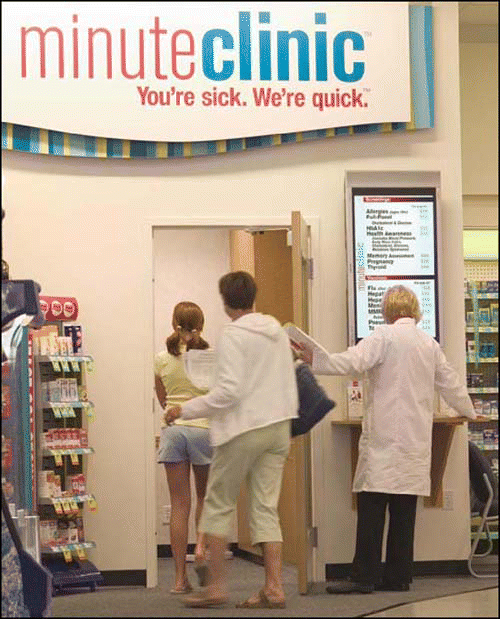
Drop-in retail clinics staffed by nurse practitioners or physician’s assistants may represent a fundamental and permanent change in how patients receive minor primary care in this country, providing affordable care and convenience-but do they serve the long-term health interests of otolaryngology patients and the doctors who treat them?
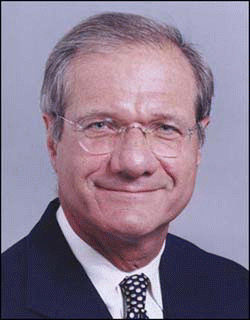
Endoscopic sinus surgery is an approach commonly used by otolaryngologists–head and neck surgeons, but for what indications is it the best technique to use—and how has its use evolved over the years?
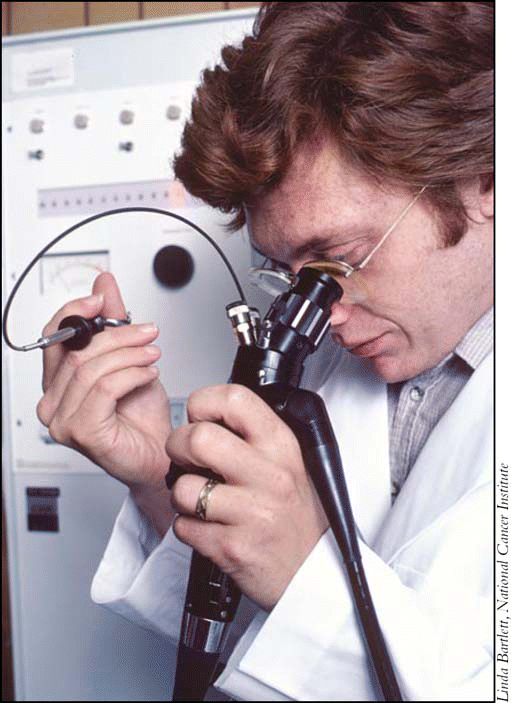
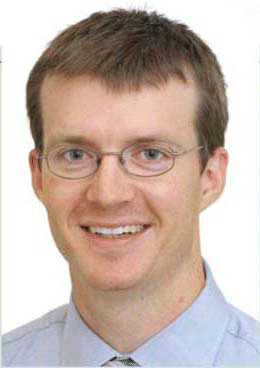
One presenter offers guidance on what otolaryngologists can do to offer comfort to their dying head and neck cancer patients
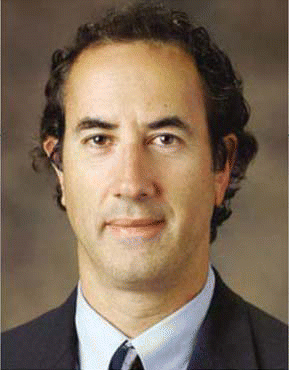
Early data on stimulation of Heschl’s gyrus are promising, but more research is needed